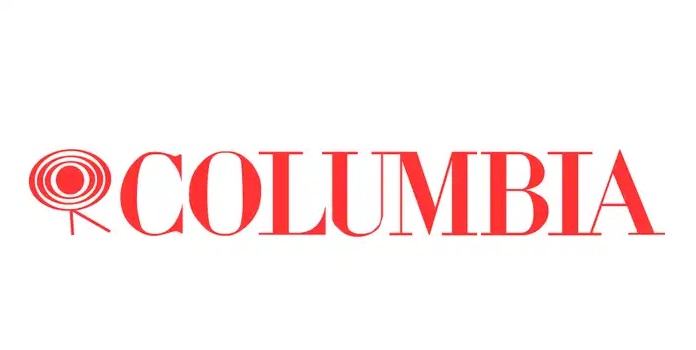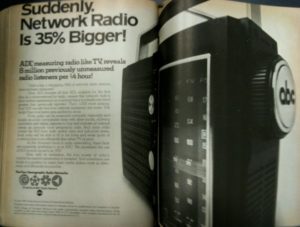What do Cheryl Lynn, Bruce Springsteen, Barbra Streisand, Ralph Stanley and Tony Bennett have in common? It’s Columbia Records, one of the greatest brand names in record history. Columbia, like all the record brands, is having a very long-playing spin these days, and it isn’t happy.
Each record brand has a story, often related to its founder. A&M is all about founder Herb Alpert, and evokes smooth orchestration, quality lyrics and jazz roots. Reprise evokes Frank Sinatra’s break from Capitol, and houses Michael Buble. Capitol oozes founder Johnny Mercer and the Beatles. Casablanca still evokes the 70s, with its Neil Bogart disco roots and artists like Kiss, Lipps Inc., Irene Cara, Donna Summer and Village People (the label was brilliantly revived in 2004 by Tommy Mottola with artists like Lindsay Lohan). Elektra has scholarly folk roots defined by Jac Holzman and Leonard Ripley, and has mostly been forgotten by Atlantic Records and turned into nasty rap purveyor. Asylum is all about David Geffen and Joni Mitchell. We could go on and on.
What is the brand story of Columbia, the nation’s oldest brand (1888) in recorded sound? What is it about the historic Columbia Records? It first evokes quality; the legacy of William Paley of CBS still oozes through Columbia. In all aspects—writing, marketing, graphics, typography and cover art—the label speaks to high design and creative standards.
Secondly, Columbia is all about technological leadership. It was Columbia, of course, that first moved to flat records. And it was Columbia that invented the LP and pushed it into the market. Columbia, with parent Sony in charge, still has that ability. Third, it has the Walking Eye. That’s the logo with the two sticks under an oval. The logo was developed during CBS’s greatest days when designers like Lou Dorfsman and William Golden ruled Eero Saarinen’s Black Rock. It is the best. Sadly, CBS sold Columbia Records to Sony.
But some good things have happened under Sony. The label supported the preservation of Spillers Records in downtown Cardiff, Wales. It continues to promote Columbia’s “Walking Eye” trademark and combine it with the satisfying deep red. Streisand and Springsteen continue to work for Columbia, and the latter will come out with a new album, soon. And CBS, spun off from Viacom and which is no longer connected to Columbia Records, in 2006 revived the CBS Records brand. In this new brand reinvention, CBS Records will develop new talent and (a little back to the future here) push it on CBS television shows as well as a newly revived CBS Radio Network. Brilliant.
But the worldwide record industry is in death spiral, and that includes Sony. Much of the record industry problems are completely self-created. With the exception of American Idol related artists, much of the popular music pushed by record labels is nasty, negative and unwelcome in a respectable household. In addition, executives are wearing hair shirts, and lack confidence. Some Sony exec told Fox News in a positive story about the Springsteen album that: “You are the last one writing about the record business. Don’t you realize it’s over?”
No, it’s not over. The problem is not file swapping. In generation after generation, the recording industry has responded to new technology and copyright threats, and won.
The problem is in poor content, and the fact that most labels no longer have brand identity. In the record industry’s heyday, if you saw a certain record label, it meant that the records issued by the label had a certain feeling, a certain theme. You knew when you got a record from Elektra, it meant something to do with scholarly folk credibility and stylish compositions. You were willing to try new things from an established label. But today, labels are catch-alls, and they mean nothing, so the consumer is not helped by the name. And this wishy-washy-ness does not help in signing artists; if labels don’t mean anything to consumers, they aren’t essential to artists either. No wonder once top-selling artists like Captain & Tennille and Joan Shaw/Salena Jones are issuing their own records, and new artists like Stone Temple Pilots go it alone.
Above all, the industry has invested deeply in vile, anti-social content. Most record labels are led by Boomers. This generation has an almost religious identification with popular music being caught up in rebellion and protest. That worked fantastically in 1969, but the market is different now. Newer generations, market research shows, do not feel that they need to go against parents. Thus parents and children together watch Burt Bacharach and Carpenters songs sung by new artists on American Idol.
In a recent CNBC special on the record industry decline, Universal Music CEO Edgar Bronfman acknowledged that his company was enduring 20 percent sales declines each year. “We have a format, the CD, that’s over 30 years old,” he said. The documentary later went to a room full of turks plotting how to sell unpleasant rap ring tones.
Columbia seems to have a different approach. It provides a home to Burt Bacharach, Tony Bennett as well as new talent. Sony would do well to keep the identity of Columbia distinct, and look to the past for future strength. Meanwhile, it should expand the Columbia brand to mp3 music players, web music services and music industry technology research.









2 Comments